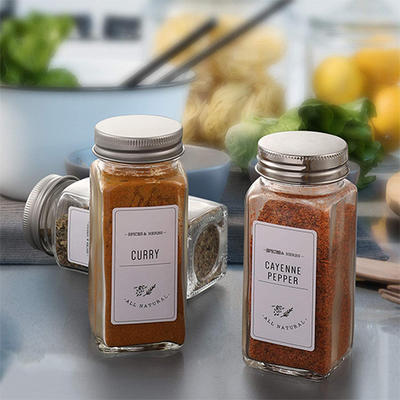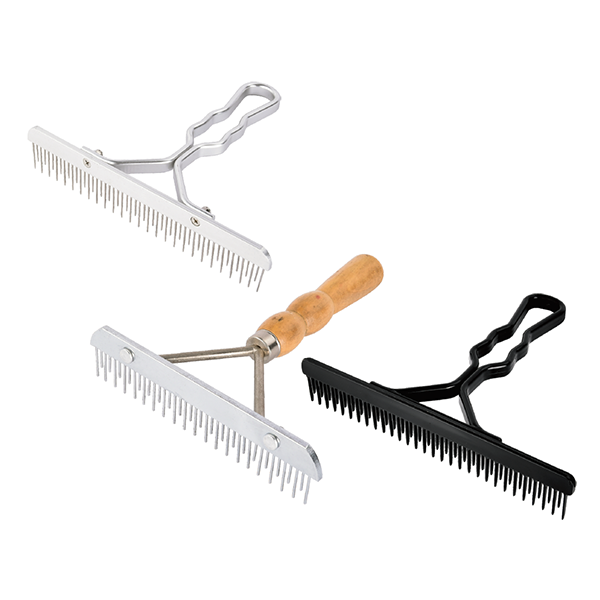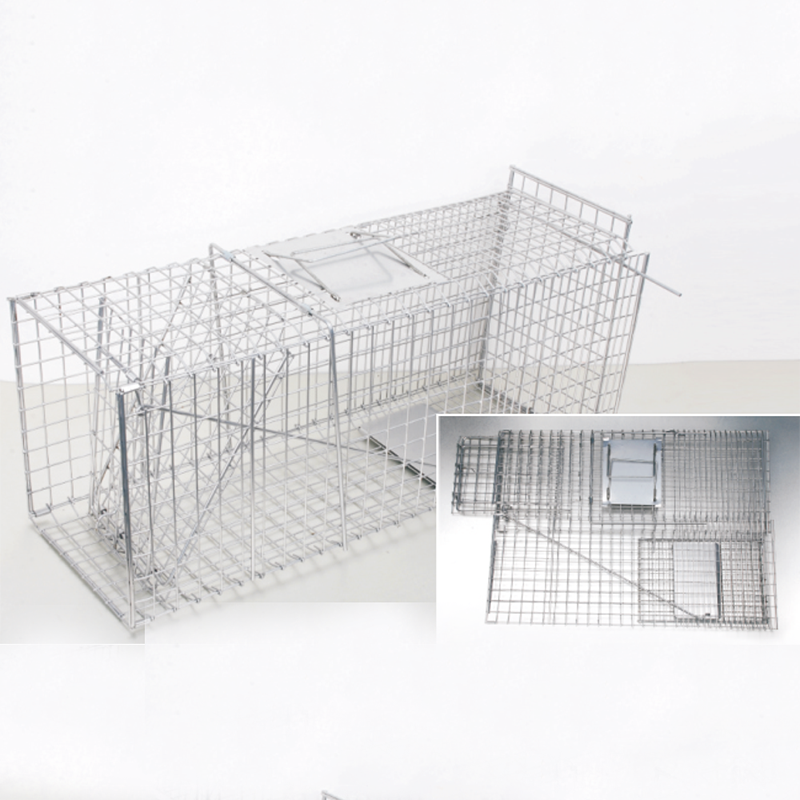In the process of cooking and cooking, there must be oil, salt, sauce, vinegar and condiments. However, these condiments need to be packed in jars. How to choose a kitchen spice jar? Suan Houseware factory will let you know about it.

We can choose spice jars or seasoning jars according to the following 3 points:
1. Pick the shape. Seasoning jars are generally small in size, but the capacity should not be too small. Therefore, it is best to choose the egg shape when choosing the seasoning jar. This shape looks small, but the actual capacity is large, and the shape looks very comfortable.
2. Pick the material. Although the seasoning jar is only a small one, people have exerted countless imagination and creativity for it. There are many kinds of materials for seasoning jars, the common ones are glass, ceramics, plastics, bone china, stainless steel and so on. It is recommended to use glass or ceramic material, which has better resistance to high temperature and humidity than plastic and metal, absolutely no chemical pollution, easy cleaning and no rust.
3. Pick a style. The style design of the seasoning jar is mainly simple, and does not require too many complicated patterns and meticulous carvings. The most classic style of seasoning jars is a rotating four-can. The four jars are combined in a four-grid 360-degree rotating structure. These four seasoning jars contain the most commonly used four kinds of salt, monosodium glutamate, sugar, pepper, etc. main seasoning. It is recommended that you choose a similar combination structure style to avoid too many seasoning jars of various shapes, which will cause the kitchen environment to become messy.
When we choose the seasoning jar, the most important thing is to choose the seasoning jar that suits us, so that it is more convenient to use. If you want to know more about kitchen utensils, please contact Suan factory, which is a professional manufacturer of household kitchen utensils.

 English
English Español
Español Português
Português русский
русский français
français 日本語
日本語 Deutsch
Deutsch Tiếng Việt
Tiếng Việt Italiano
Italiano Nederlands
Nederlands ไทย
ไทย Polski
Polski 한국어
한국어 Svenska
Svenska magyar
magyar Malay
Malay বাংলা
বাংলা Dansk
Dansk Suomi
Suomi हिन्दी
हिन्दी Pilipino
Pilipino Türk
Türk Gaeilge
Gaeilge عربى
عربى Indonesia
Indonesia norsk
norsk اردو
اردو čeština
čeština Ελληνικά
Ελληνικά Українська
Українська Javanese
Javanese فارسی
فارسی தமிழ்
தமிழ் తెలుగు
తెలుగు नेपाली
नेपाली Burmese
Burmese български
български ລາວ
ລາວ Latine
Latine Қазақ
Қазақ Euskal
Euskal Azərbaycan
Azərbaycan slovenský
slovenský Македонски
Македонски Lietuvos
Lietuvos Eesti Keel
Eesti Keel Română
Română Slovenski
Slovenski मराठी
मराठी Српски
Српски 简体中文
简体中文 Esperanto
Esperanto Afrikaans
Afrikaans Català
Català עִברִית
עִברִית Cymraeg
Cymraeg Galego
Galego 繁体中文
繁体中文 Latvietis
Latvietis icelandic
icelandic יידיש
יידיש Беларус
Беларус Hrvatski
Hrvatski Kreyòl ayisyen
Kreyòl ayisyen Shqiptar
Shqiptar Malti
Malti lugha ya Kiswahili
lugha ya Kiswahili አማርኛ
አማርኛ Bosanski
Bosanski Frysk
Frysk ជនជាតិខ្មែរ
ជនជាតិខ្មែរ ქართული
ქართული ગુજરાતી
ગુજરાતી Hausa
Hausa Кыргыз тили
Кыргыз тили ಕನ್ನಡ
ಕನ್ನಡ Corsa
Corsa Kurdî
Kurdî മലയാളം
മലയാളം Maori
Maori Монгол хэл
Монгол хэл Hmong
Hmong IsiXhosa
IsiXhosa Zulu
Zulu Punjabi
Punjabi پښتو
پښتو Chichewa
Chichewa Samoa
Samoa Sesotho
Sesotho සිංහල
සිංහල Gàidhlig
Gàidhlig Cebuano
Cebuano Somali
Somali Точик
Точик O'zbek
O'zbek Hawaiian
Hawaiian سنڌي
سنڌي Shinra
Shinra հայերեն
հայերեն Igbo
Igbo Sundanese
Sundanese Lëtzebuergesch
Lëtzebuergesch Malagasy
Malagasy Yoruba
Yoruba









